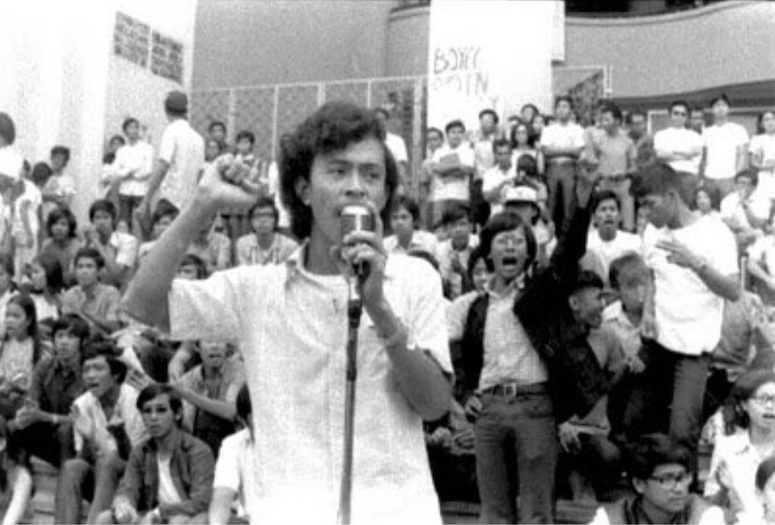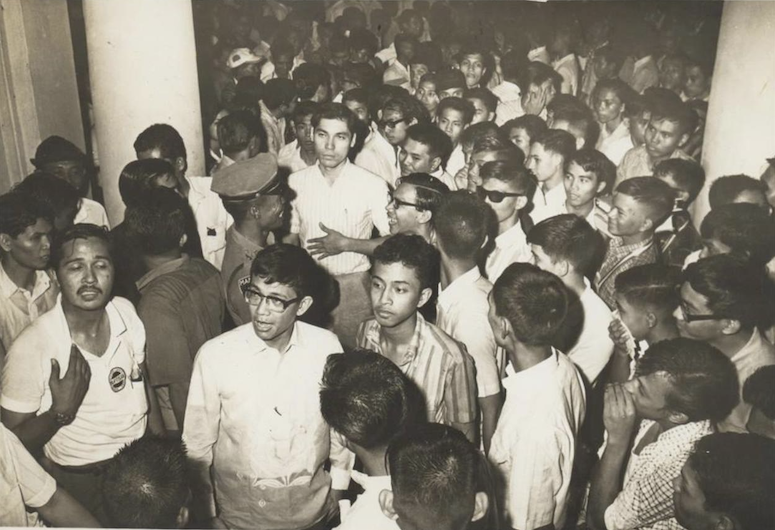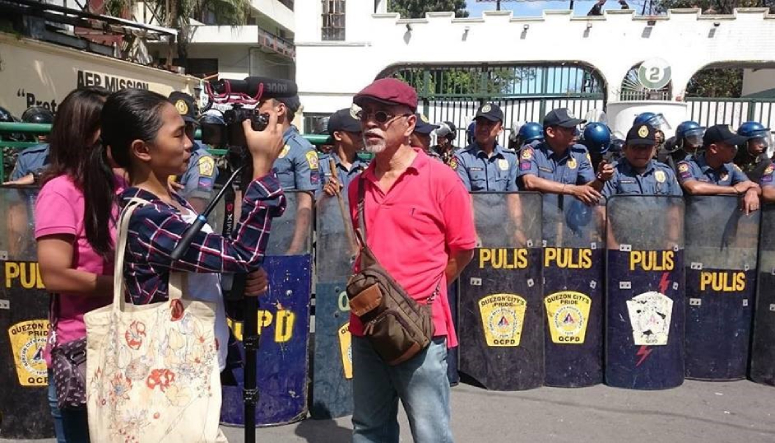Our badge of courage
In commemoration of the 50th anniversary of the declaration of martial law, PhilSTAR L!fe is publishing a series of essays written by personalities who experienced one of the darkest periods in Philippine history.
* * *
In my youth, we dealt with it a lot but seldom actually mentioned the word. In my aging, I ponder how it has defined our lives as we fought against the world and the times—wrestling not with some existentialist angst about the meaning of life, but against poverty and inequality and tyranny and, yes, martial law. We were activists.
“Activist” was a word that didn’t sit well with the Establishment. But we stood our ground and braved the Red-tagging. Back then, however, we were not called “terrorists,” we were “subversives,” which pretty much amounted to the same thing. Yet even then, we wore it like it was some badge of courage.
When I entered college in 1969, I was absolutely determined I was going to make good—for myself and my family. Along the way, I caught an interest in activism because I felt it was my duty to contribute to society other than the self. When the First Quarter Storm, or FQS, of 1970 happened, interest turned into passion.

The FQS, which is now described as the collective season of the ferment of the youth of 1960 and 1970, was our great enduring school where we imbibed a deep sense of justice for our rebellion. It became our mission to strike at the roots of our people’s enslavement. It inspired us to serve the masses as a way of life, a far cry from politicos who only pledged to do so whenever they needed votes.
I found myself in the midst of an unprecedented movement of social reawakening that was engendered by a second hard look at Philippine colonial and neocolonial history, a reexamination of beliefs and values, and a searing public discourse on the state of governance, independence, and nationhood.
When Marcos Sr. declared martial law in September 1972, I was already underground. I had left the university even before he suspended the privilege of the writ of habeas corpus in 1971. That year, the military started raiding the offices of activists, which we called HQs. There we were, a stream of young citizens who willingly let go of personal ambitions to lead an undefined life in the underground against a creeping dictatorship.
One year and seven months into the martial law regime, the dreaded 5th Constabulary Security Unit caught up with me in Novaliches. Right there and then in the underground house where I stayed with the journalist and poet Jose F. Lacaba and UP English Professor Dolores Feria, I was mauled by men who impressed upon me and my two companions that they had the power of life and death over lesser mortals, particularly the subversives—because we were enemies of the state.

In Camp Crame, the torture was alternately methodical and whimsical. I was tortured because they wanted me to talk about what they thought I knew of the underground movement—real names, codes, addresses, plans. I was likewise abused because my tormentors didn’t like my face, and yes, because I was arrogant, solely owing to my being a student of the University of the Philippines. No less than a first lieutenant who graduated from the PMA made it a major issue during most of my imprisonment.
One day, when I could no longer endure the pain, I cried out, “God, my God!” They howled. “Why are you calling God? Communists do not believe in God!”
I was given temporary liberty after more than two years in detention. I was released, together with four other “ranking Red leaders,” as proof of the regime’s “benevolence.” On June 12, 1976, it was front-page stuff.
What happened a year after that belied the much-vaunted “benevolence”: My younger sister, Rizalina, and nine members of her activist collective, now called the Southern Tagalog (ST) 10, were abducted by a composite intelligence outfit called Ground Team (GT) 205 based in Southern Luzon. Save for three whose corpses were retrieved, my sister and the rest of the ST have not been found to date.
GT 205 was the same murderous unit that arrested and tortured Adora Faye de Vera, Rolando Federis, and Flora Coronacion in 1976. Adora and Flora were raped. Flora was executed, together with Rolando. Adora escaped and eventually rejoined the underground where we became acquainted. In 1994, I was rearrested and tortured again.
Three months ago, Marcos Jr. took his oath as president of the Philippines, 36 years after Marcos Sr. was ousted. The son said something about setting aside the past but made sure he praised his father, glossing over the crimes of his regime.
A couple of weeks ago, Adora was rearrested, her third actually.

A number of my contemporaries have passed on, among them those who offered the ultimate sacrifice. Many of them have their names enshrined in the Wall of Remembrance in the Bantayog ng mga Bayani in Quezon City. The wall is granite, it is certified durable, like the commitment—that word—that Adora has steeled herself with all these years, even as we mark the 50th year of the declaration that will continue to polarize the nation unless democracy and justice are served.


